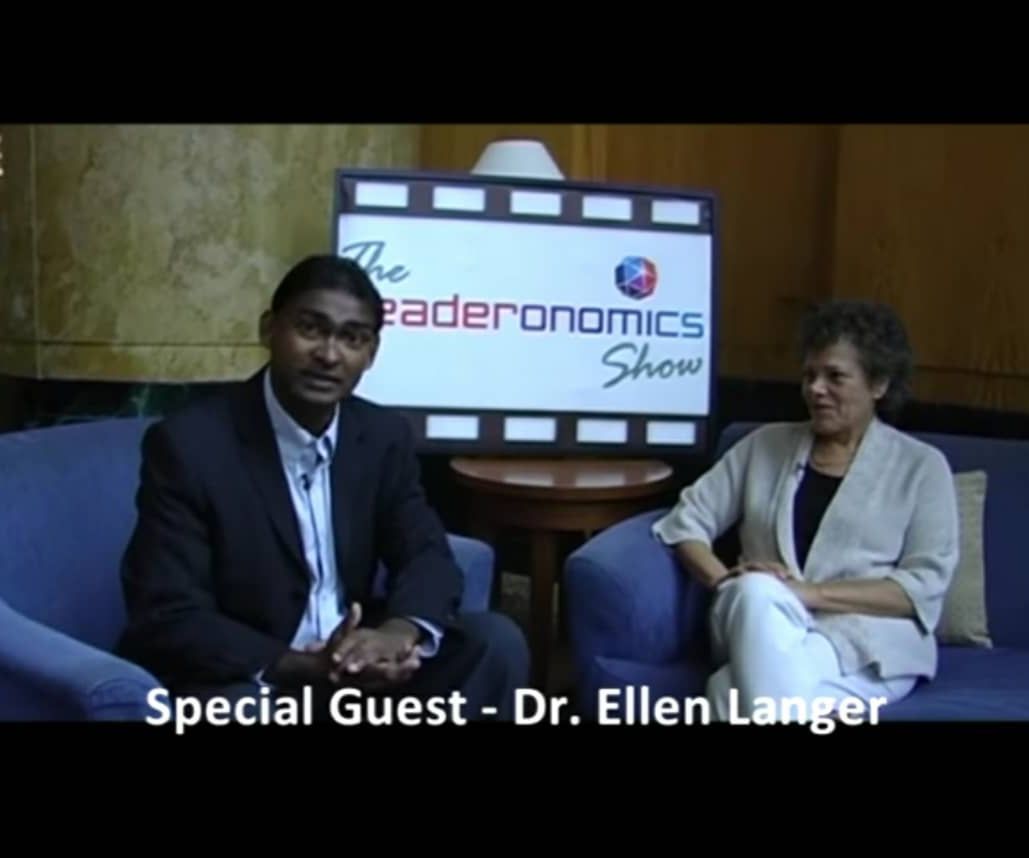Diversity Management: How Can Leaders Foster Meaningful Inclusion?

Most countries are now diverse in some shape or form. How represented or visible that diversity is, relies on active inclusion – welcoming and embracing the complexity of every human being.
Diane Richler, former president of Inclusion International said it this way, “Inclusion is not a strategy to help people fit into the systems and structures which exist in our societies; it is about transforming those systems and structures to make it better for everyone. Inclusion is about creating a better world for everyone.”
Inclusion goes deeper than political correctness or grin-and-bear-it tolerance and it is essential to growth – social, economic, and organisational growth.
Diversity and Inclusion
Research indicates that people want to feel included, heard and valued, and they will go above and beyond if this essential need – to belong – is met. If inclusion is not present, diversity may be attainable, but not sustainable. A lack of belonging negatively impacts an organisation’s bottom line through attrition – a sure-fire indication that your staff is primed to leave. When organisations foster inclusion in their workplaces, they open themselves to new ideas, insights and learning from people who may otherwise shrink to a corner.
So, how can leaders foster meaningful inclusion?
Read: Are Biases Ruining Your Leadership?
Understand Your own Values and Biases
While it is impossible to consider all the values, beliefs, and norms of every individual at work, we can try to reflect on our own beliefs and unconscious biases. How do these affect the assumptions we make about others and what do we project onto other people because of them? What assumptions are you making when you interview someone for a job? What evidence do you have for those evaluations?
It’s important, as a leader, to be aware of the bias in our decision-making and a good way to start challenging that is to be reflective. It’s also equally important to create ways to reduce bias by working with the human resources department to evaluate hiring processes, policies and training so that they may foster a healthy, inclusive workplace.
Learn Inclusive Language
The language leaders use can set the tone for how others in the organisation communicate and treat each other. Used constructively, language can reflect social and cultural diversity in a positive and accurate way rather than perpetuating negative stereotypes about individuals and groups. This example needs to be set from the top. Therefore, it is necessary for leaders to learn the most appropriate terms when referencing someone else’s age, gender, disability, appearance, race, etc.
Make it Explicit
Be the “change you want to see” in your organisation. So, make your vision for inclusion clear and let it inform meetings and discussions.This can be tricky when you – as a leader – are not part of a marginalised or less represented group. In this case, listen emphatically to others and let their experiences inform how inclusion evolves in your organisation
People Are Created Equal, But Not the Same
People have different needs based on their backgrounds, abilities and experiences. Inclusive leaders are more successful when they can see the strength in the unique qualities of each individual within their team. This also means building a flexible and agile work environment. Inclusion is a value that is needed for future workforces. Companies that have been built on it have proven to be more successful. So, besides being the humane choice – it’s also the smart thing to do as a leader.
Community





